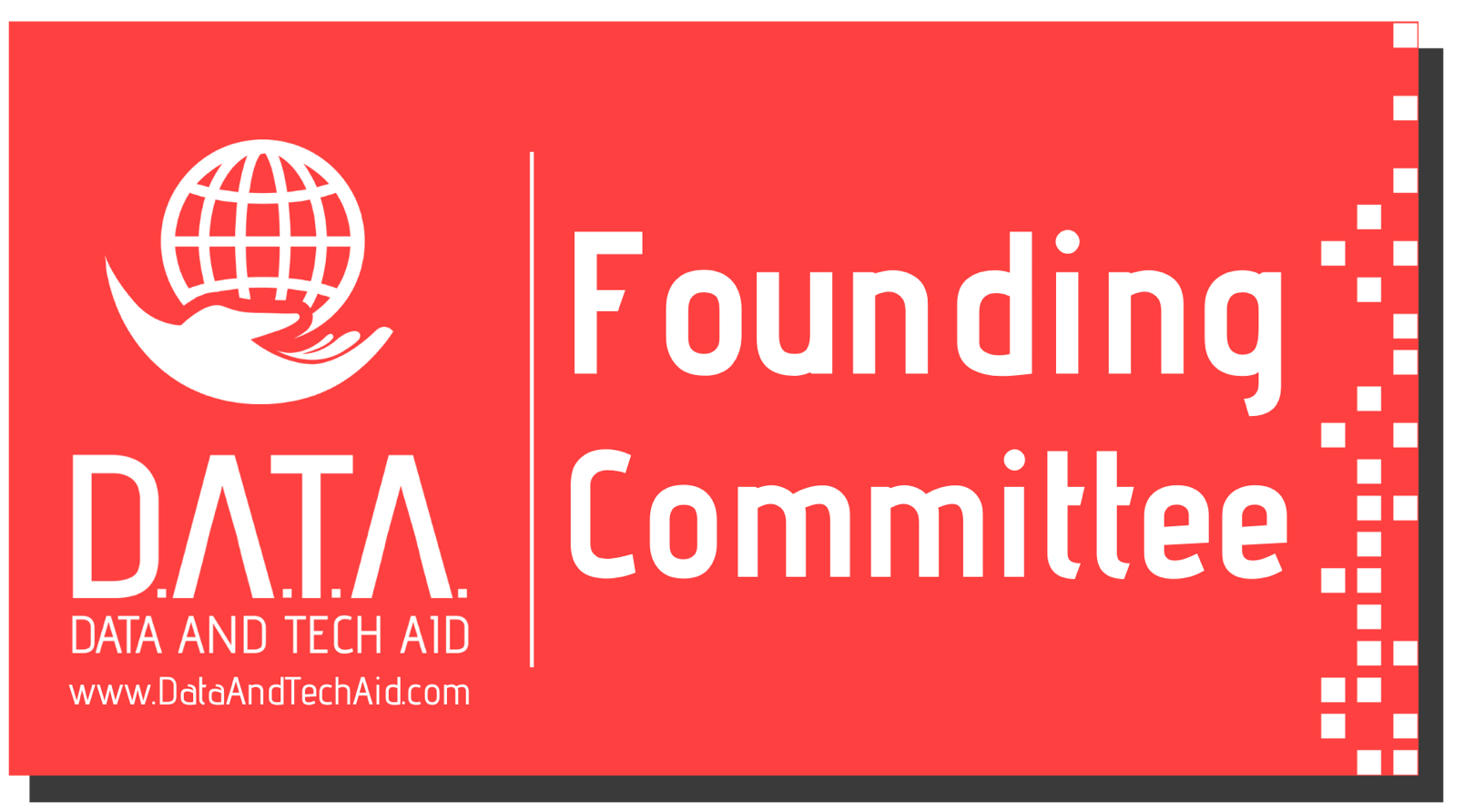Navigating Data Mesh and Evolving Data Governance: A Practical Guide
/In my previous blog, I examined the concept of Data Mesh and its relationship with Data Governance. Now, let's take a closer look at practical insights and strategies for successfully navigating the complexities of Data Mesh while evolving our approach to Data Governance.
Strategies for Integrating Data Governance with Data Mesh
Imagine standing at the intersection of two parallel roads: Data Mesh and Data Governance. How do you ensure a smooth transition from one road to another without causing traffic chaos? The answer lies in a thoughtful strategy that integrates the principles of Data Governance with the unique demands of Data Mesh.
Embrace the Complexity: Data Mesh challenges the notion of a centralised data warehouse or lake. It advocates for a decentralised architecture where data products are accessible through APIs and various systems. This complexity demands an amend to your data governance approach so that it supports data democratisation while maintaining quality and consistency.
Define Clear Roles and Responsibilities: The emergence of data product owners and development teams introduces new roles to the Data Governance landscape. While traditional roles like data owners and data custodians remain vital, these new roles must align seamlessly to ensure effective governance across decentralised data resources.
Cultivate a Data-First Mindset: Data Mesh isn't just a technology trend; it's a cultural shift that requires everyone in the organisation to adopt a data-first mindset. Data Governance should promote collaboration between business units, data professionals, and IT teams to ensure that data products are valuable, understandable, and compliant with quality standards.
Balancing Complexity with Simplicity: Data Product Principles
The democratisation of data products within the context of Data Mesh poses both opportunities and challenges. How do you strike the right balance between making data accessible and ensuring its quality and usability? The answer lies in a set of core principles that define what constitutes a data product:
Accessibility: Data products should be available in various formats, catering to different user needs. This accessibility ensures that users across the organisation can easily access and utilise the data.
Understandability: Documentation and clear definitions are crucial. Users should be able to understand what each data product contains, how it can be used, and relevant examples that demonstrate its value.
Discoverability: Data products must be easily discoverable. Organisations need a data catalogue or glossary that enables users to locate and access relevant data products effortlessly.
Interoperability: Data products should be designed to work well with other datasets, fostering a collaborative environment where various data products can be combined to generate valuable insights.
Trustworthiness: Data quality is paramount. Data products must adhere to defined data quality standards, ensuring that users can rely on the accuracy and integrity of the data they're accessing.
Evolving Data Governance in the Data Mesh Era
Data Governance isn't static; it's a living process that evolves to meet the demands of changing data landscapes. In the context of Data Mesh, this evolution takes on new dimensions:
Flexibility in Roles and Responsibilities: While the traditional Data Governance roles remain essential, the advent of data product owners and development teams introduces a layer of complexity. Organisations must be willing to iterate and adjust responsibilities to ensure effective governance and minimise conflicts.
Holistic Data Ownership: Data ownership gains even more significance in the Data Mesh paradigm. As data products span multiple domains and applications, having a holistic data owner is vital to ensure consistent decision-making and accountability.
Continuous Adaptation: Data Mesh isn't a one-size-fits-all solution. Expect the unexpected and be prepared to refine your data governance approach as you gain insights from real-world implementations. Flexibility and adaptability will be your allies.
Final Thoughts
Navigating the intersection of Data Mesh and Data Governance requires a delicate balance between complexity and simplicity. The democratisation of data through data products empowers organisations with valuable insights, but this must be paired with robust governance to ensure that data remains trustworthy and usable.
As the journey continues, keep in mind that Data Mesh isn't a static destination; it's a dynamic evolution that demands openness, collaboration, and the willingness to learn from successes and challenges alike. By embracing the principles of data product creation and adapting your data governance approach, you'll be better equipped to harness the potential of Data Mesh and drive meaningful business outcomes.









